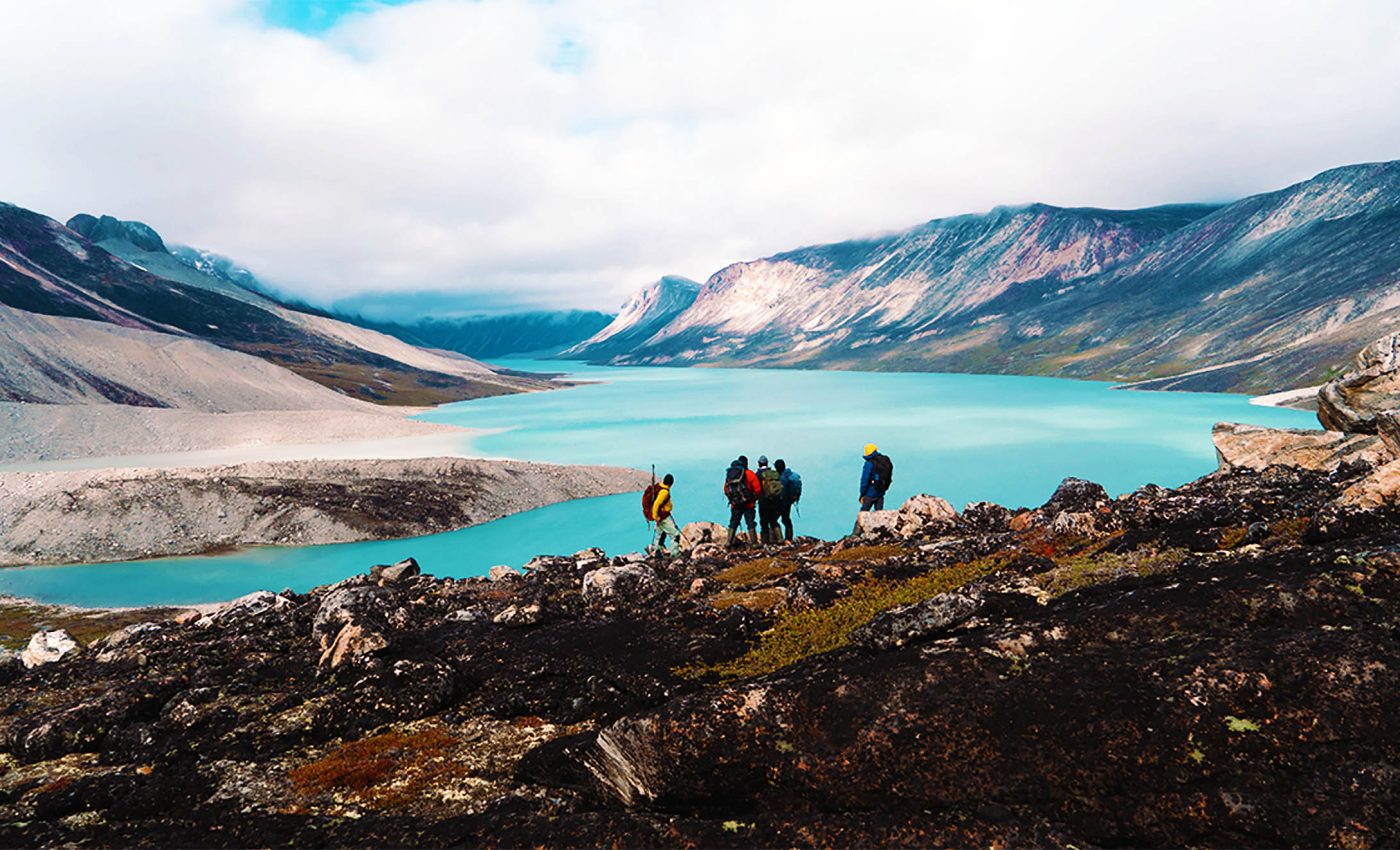
Speed of Greenland's ice melt confirmed to be rapidly increasing
Fierce winds of change are reshaping the world as we know it, and nowhere is this more apparent than in the rapid ice melt of Greenland.
A recent, eye-opening study reveals that climate change is accelerating the melting of ice in Greenland at a rate that sends chills down one’s spine.
Climate change and Greenland ice melt
The researchers from the University of Barcelona paint a chilling picture of the extreme melting episodes — periods of rapid snow and ice melt — becoming about twice as commonplace during recent summers than in the 1950-1990 era.
But how severe are these summertime thaw sessions, exactly? Well, let’s take 2012 and 2019 as examples.
During these peak years of extreme melting in Greenland, the equivalent of 244 million and 224 million Olympic-size swimming pools of ice vanished, respectively.
Greenland’s ice admits climate change
The study has been a deep dive into the extreme melt episodes in Greenland between 1950 and 2022. Shockingly, meltwater loss figures have averaged around 300 gigatonnes annually — about 48 million Olympic-size swimming pools a year — between 1980 and 2010.
Also, almost half of these melting episodes have been extreme in recent decades, especially in the coldest areas in the north and northwest of the island.
To add fuel to the fire or in this case, water to the ocean, the UB researchers remind us that the loss of surface glacial melt is merely the tip of the iceberg.
Increasing melting reels in the detachment of icebergs directly into the sea and the flow of glaciers into the ocean, thereby upping the ante for sea level rise.
Domino effect
Another troubling twist to the tale is the escalating risk of large ice blocks breaking off. As the UB researchers explain, the extent of melting has ascended to higher areas of the ice cap where no ice melt was previously observed.
The resulting cracks and structural changes in the ice sheet set the stage for more chunks of ice to break off into the ocean.
What’s worse, the team warns us about the grim forecast for the polar regions: a significant upswing in temperatures, which would accelerate the trend shown in this study.
“These atmospheric patterns keep the air over Greenland stagnant during the summer, increase solar radiation and reduce the albedo (sunlight reflectance) of snow and ice, which further accelerates warming and melting”, the authors add.
Ripples across the Atlantic
The melting ice in Greenland due to climate change has rippling effects across the globe as a predominant accelerator of sea level rise, as well as a perturbator of atmospheric circulation patterns.
These changes, the researchers note, might tinker with Europe’s climate, potentially impacting socio-economic activities, ecosystems, and potentially exacerbating climate extremes in nearby regions of the North Atlantic.
Arctic amplification
A phenomenon known as Arctic amplification, where warming in the Arctic is occurring twice as fast as the global average, stands as both a catalyst and a consequence of the crises unfolding in Greenland.
This rapid warming exacerbates the melting processes, resulting in a feedback loop that intensifies the impacts seen today.
As the ice melts, it exposes darker surfaces, decreasing the albedo effect and absorbing more heat.
The cycle perpetuates, reshaping the Arctic ecosystem and creating further challenges for the global climate.
These scientists emphasize the need for detailed climate modeling to understand these accelerating patterns and implications on a finer scale.
Future directions
In light of these alarming findings, the international community faces a crucial juncture in addressing the ramifications of Greenland’s thaw.
Efforts must be doubled to reduce greenhouse gas emissions and mitigate climate change effects through policy implementation, technological innovation, and global cooperation.
The study’s results call for a reinvigoration of strategies such as carbon sequestration and alternative energy adoption.
Moreover, fostering resilience in affected communities and engaging in inclusive dialogues are pivotal steps toward constructing pathways for sustainable futures.
The stakes have never been higher, and the actions taken now will define the contours of the Earth’s climate trajectory for generations to come.
Climate projections and Greenland ice melt
The study leaves us with a stark warning: the expected climate scenarios predict a rising frequency of these melt episodes.
It’s a harsh reality that underscores the need for sprucing up our efforts to cut down greenhouse gas emissions to mitigate climate change’s impacts in the coming decades.
Isn’t it high time we put our best foot forward to lessen our carbon footprint and save our rapidly thawing world? The choice, and the future, is in our hands.
—–
The research has been conducted by the Antarctica, Arctic and Alpine (ANTALP) research group of the UB’s Department of Geography, spearheaded by Josep Bonsoms and Marc Oliva.
Other notable contributors include Juan Ignacio López-Moreno from the Pyrenean Institute of Ecology (IPE-CSIC), and Xavier Fettweis, joining in from the University of Liège in Belgium.
The study is published in the Journal of Climate.
—–
Like what you read? Subscribe to our newsletter for engaging articles, exclusive content, and the latest updates.
Check us out on EarthSnap, a free app brought to you by Eric Ralls and Earth.com.
—–













